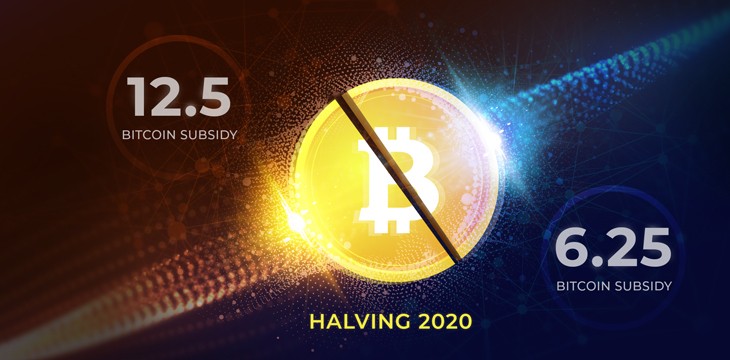3 Key Takeaways:
- DeFi in 2025–26 moves from experimentation to infrastructure: key protocols are evolving into composable platforms.
- Real-world assets, liquid staking and cross-chain liquidity are rewriting the playbook of decentralised finance.
- For users and investors, success in DeFi hinges on protocols delivering utility, transparency and integration — not just high yields.
Top 10 DeFi Projects Changing Finance: What 2025 and 2026 Hold
In the ever-evolving world of decentralised finance (DeFi), the coming years — 2025 and into 2026 — promise more than hype: they signal a maturation of what many hoped would be the financial plumbing of tomorrow. The headline “Top 10 DeFi Projects Changing Finance” signals both a ranking and a deeper narrative: this is about which protocols aren’t only surviving, but evolving into infrastructure. What follows is a journalistic look at the major shifts across DeFi and how the most influential projects are responding.
The New Landscape of DeFi in 2025–26
The DeFi sector has moved from experimentation to integration. In 2025, key themes dominate: cross-chain interoperability, tokenised real-world assets (RWA), liquid staking derivatives (LSDs), and advanced protocol modularisation. For instance, the importance of TVL (Total Value Locked) remains, but scrutiny is increasing: a recent study found many TVL-reports lack standardised verifiability. arXiv+2MarketCapOf+2
Protocols that once promised easy yield are now under pressure to deliver utility, security and regulatory clarity. One commentator put it simply:
“DeFi in 2025 is looking wild! Cross-chain compatibility and AI-driven strategies are game-changers…” Reddit
That sentiment captures the shift: modest incentives tapering off, and instead structural innovation taking centre stage.
What the Leading Projects Are Doing
A closer look at a few of the standout players shows how they’re responding.
Uniswap (UNI) – the decentralised exchange giant
Uniswap remains a reference point for AMM-based token swaps. Its v4 upgrade — introduced in early 2025 — brought “hooks” for custom logic, flash accounting and a gas-cost reduction model. Medium+2Medium+2
This signals a shift from simply enabling swaps to enabling “programmable liquidity” — transactions plus smart-business-logic. For 2025–26, Uniswap’s dominance across multiple chains will matter more than raw TVL.
Aave (AAVE) – lending and borrowing re-architected
Aave is more than a flash-loan headline. In 2025 it boasts TVL in the tens of billions across many chains. Crypto Listed+2cryptopiannews.com+2 What stands out is its modular upgrade path: multi-chain deployment, dynamic rate-models, institutional integrations. The project is evolving into an ecosystem layer rather than just a protocol.
MakerDAO / DAI – stablecoin + real-world asset engine
MakerDAO has pivoted from being “just” the DAI stablecoin to becoming a bedrock for tokenised real-world assets. Medium+1 In 2025 and beyond, its sub-DAO model and RWA inclusion mark a bridging of TradFi and DeFi — a major inflection point for decentralised finance.
Lido Finance (LDO) – liquid staking at scale
Lido leads in liquid staking derivatives (LSDs), enabling users to stake assets (ETH, SOL, etc.) and retain tradable tokens for DeFi use. MarketCapOf+1 As DeFi protocols layer on top of LSDs, capital efficiency rises, unlocking new flows in 2025–26.
Why This Matters for Users and Investors
Understanding which DeFi projects are changing finance isn’t academic — it directly affects users, developers and investors.
- For users: Access is improving. Lower gas-costs, multi-chain liquidity and protocols tied to real-world yields mean better experience and fewer hurdles.
- For developers: Protocols are becoming composable — e.g., tokenised assets from MakerDAO being lent on Aave being used in Uniswap pools. The composability stack deepens.
- For investors: Value is shifting. It’s no longer just about high APYs but about true utility, protocol governance, regulatory alignment and real-world asset flows. Projects that deliver on that are the ones “changing finance”.
What to Watch in 2026 and Beyond
Going into 2026, a few trends demand attention:
- RWA adoption: Protocols that bring bonds, real estate and other off-chain assets on-chain will bridge TradFi and DeFi in meaningful ways. MarketCapOf+1
- Cross-chain liquidity and abstraction: As assets and actions move fluidly across chains, projects that simplify that will win.
- Protocol modularisation: Allowing custom logic via “hooks” or “modules” (as in Uniswap v4) means protocols become platforms of innovation rather than rigid apps.
- Standardisation and verification: As the TVL-measurement example shows, transparency, auditability and regulatory readiness will elevate certain protocols above the rest.
Conclusion
The headline “Top 10 DeFi Projects Changing Finance” reflects more than a list — it captures a transition. In 2025 and into 2026, DeFi doesn’t just seek to disrupt: it seeks to integrate, to scale, to interlink with traditional finance whilst maintaining decentralised roots. Projects such as Uniswap, Aave, MakerDAO and Lido exemplify this shift — evolving from stand-alone platforms into pillars of a new financial architecture. For users, developers and investors alike, the key is to focus on those protocols that deliver real, composable value — not just yield. The next chapter of finance is unfolding now, and the winners will be those building the plumbing of tomorrow.




